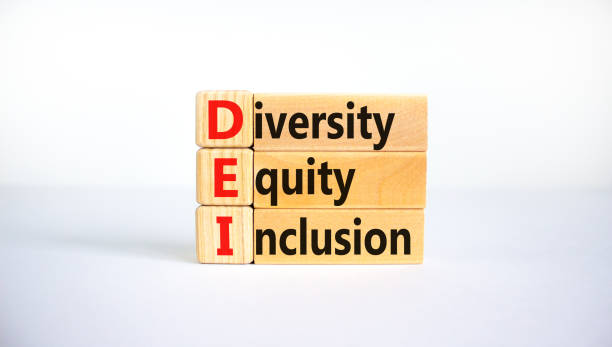
With the Juneteenth holiday just around the corner, our thoughts turn to Diversity, Equity and Inclusion. But what do these terms really mean and how do they differ, and what effect do they have on the workplace?
Often, when people talk about diversity they tend to oversimplify its meaning and when they refer to people or a person as “diverse,” they mean that they are not of the majority. At best this is misleading because it assumes that we are all the same! Different generations perceive diversity differently. Millennials might perceive “workplace diversity” as a combination of many different backgrounds while older generations tend to view diversity more through the lens of equal and fair representation. Diversity is less about the things that make people different––race, gender, economic status, etc.––and more about understanding, valuing and accepting those differences.
Equity is about creating a level playing field for all people. It means creating fair access, opportunity, and advancement in spite of our differences. In the workplace, women (and various minorities) have traditionally been underrepresented––a situation that persists today. People frequently confuse equity with equality. Equality means each individual or group of people is given the same resources or opportunities. Equity recognizes that each person has different circumstances and allocates the exact resources and opportunities needed to reach an equal outcome. To understand the difference, think about trying to view a baseball game happening behind a fence. In the equality example, three people of differing heights are given the same height box to stand on, which results in the shortest person still unable to view the game. When equity is a factor, each person gets a box that enables them to see the game over the top of the fence.
You might think that together diversity and equity produce inclusion. But that’s not the case. Inclusion is a reflection of how various team members, employees, and other people feel a sense of belonging and value within a workplace. Consider women in senior management positions: they may be well represented in an organization at that level but don’t feel a sense of inclusion due to longstanding biases, norms, salary differentials, etc.
If you need advice on how to create a more diverse, inclusive and equitable workplace, give West Center a call today at 707.964.7571 or visit our website to set up an appointment. Our team of expert advisors are here to help!


